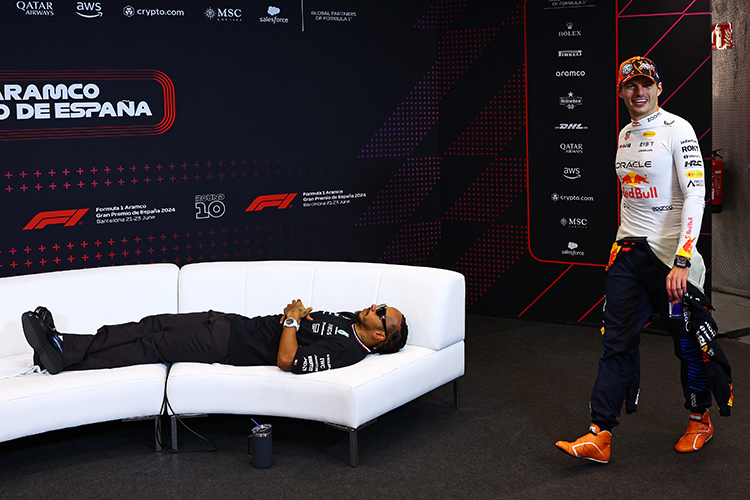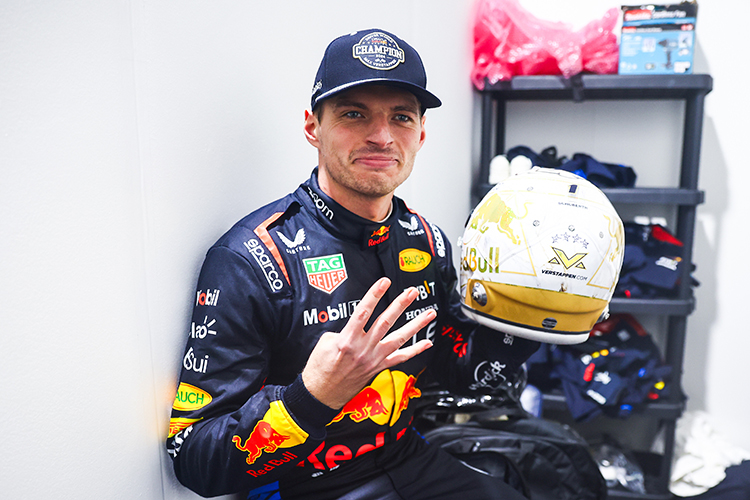How much does it cost to enter Formula 1?

Formula 1 World Champions: A legacy of racing legends
How much does it cost to enter Formula 1?
Discover the costs of entering Formula 1, including team entry fees, operating budgets, sponsorships, and driver expenses. Learn what it takes to compete in the world's premier motorsport series.
Formula 1, the pinnacle of motorsport, is renowned for its high-speed thrills, cutting-edge technology, and unparalleled global prestige. However, joining this elite racing series comes with a significant financial investment. From team entry fees to driver expenses, entering Formula 1 requires both immense resources and unwavering commitment.
Team entry fees
To participate in Formula 1, teams must first pay an entry fee to the Fédération Internationale de l'Automobile (FIA), the sport's governing body. The standard registration fee is approximately $500,000, but additional costs apply for teams finishing in the top 10 of the Constructor’s Championship. These additional fees are based on a sliding scale, tied to the team’s performance.
New teams face even higher costs, as they must establish infrastructure, including factories, staffing, and sponsorship agreements. The total initial investment for a new team can run into hundreds of millions of dollars, covering the foundational expenses necessary to compete at the highest level.
Operating a Formula 1 team
The annual operating budget of an F1 team is a major expense, covering everything from salaries to car development and travel logistics. Elite teams can spend between $250 million and $500 million annually to stay competitive.
Car development: Designing and manufacturing an F1 car is a highly specialized and expensive process. Teams typically allocate $100 million to $150 million annually for research, wind tunnel testing, and the creation of performance-enhancing upgrades.
Operational costs: Running a team involves salaries for hundreds of staff, including drivers, engineers, and mechanics, as well as travel expenses for transporting cars and equipment to global race venues. These costs quickly add up to tens of millions of dollars per season.
Sponsorship and revenue streams
Formula 1 teams rely heavily on sponsorships and prize money to fund their operations. Sponsorship deals with major brands like Petronas, Shell, or Emirates can contribute millions of dollars to a team’s budget. The value of these partnerships depends on the team’s performance and global visibility.
Teams also earn revenue from the Constructor’s Championship payouts, distributed by the FIA at the end of each season. While these prize funds provide valuable income, they rarely cover the full operating costs of top teams. Media rights and licensing revenues further supplement team budgets.
Driver salaries and costs
F1 drivers represent a significant portion of team expenses. Top drivers like Lewis Hamilton or Max Verstappen can earn $30 million to $70 million annually, including performance bonuses. Newer drivers or those with personal sponsorship backing may earn significantly less.
Many young drivers secure their F1 seats through development programs, which often require substantial financial support from personal sponsors. In some cases, drivers bring multi-million-dollar sponsorship packages to help fund their spot on the grid.
Technology and research investments
Formula 1 teams constantly innovate to maintain a competitive edge. Research and development (R&D) costs account for a significant portion of annual budgets.
Wind tunnel testing and CFD simulations: Teams spend millions on technologies that enhance car aerodynamics. These include wind tunnels and computational fluid dynamics (CFD) simulations, with costs often exceeding $10 million annually.
Engine development: Engines are among the most complex and expensive components of an F1 car. Teams can spend $10 million to $30 million annually developing or purchasing power units from manufacturers like Mercedes, Ferrari, or Renault.
Entry costs for drivers
For drivers, entering Formula 1 often requires personal financial backing. Aspiring F1 drivers typically climb the motorsport ladder through junior categories like Formula 2 or Formula 3, incurring substantial costs along the way.
Personal sponsorships are essential for many drivers, especially those aiming to secure seats with lower-tier teams. These sponsorship packages can cost millions, covering training, travel, and other racing-related expenses.
The total financial investment
Entering Formula 1 requires a staggering financial commitment. For established teams, annual operating costs range from $250 million to $500 million, while new teams must invest hundreds of millions to build competitive infrastructure. Drivers also face significant financial hurdles, often relying on personal sponsorships to secure their place in the sport.
Conclusion
The cost of entering Formula 1 reflects the scale, technology, and competitiveness of the sport. From team owners and drivers to sponsors, participating in F1 demands significant financial resources. Despite the challenges, Formula 1 offers unmatched global exposure, technological innovation, and the thrill of competing in the world’s premier motorsport series — making the high cost a worthwhile investment for many.
Up Next


